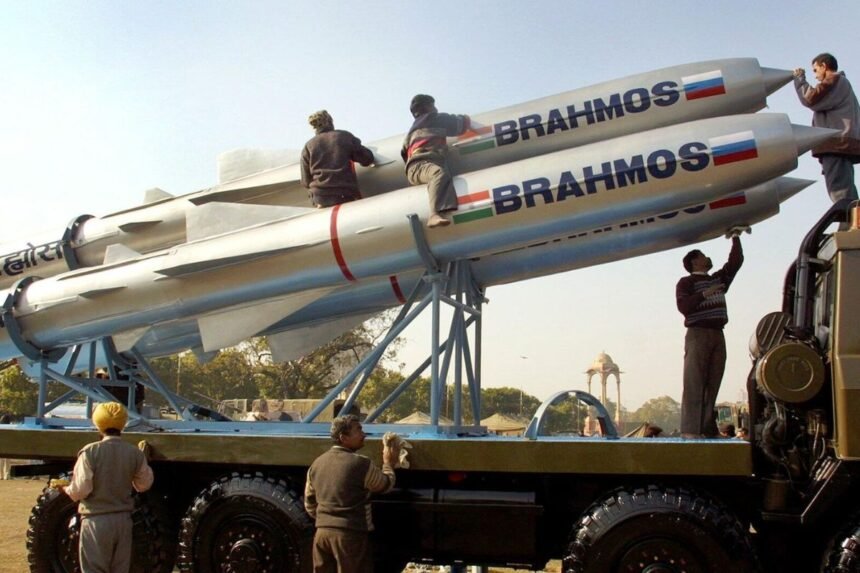By Himanshu Jain | New Delhi
When India unleashed Operation Sindoor in May 2025, the world watched its advanced missiles, drones, and stealth assets. But one of the most decisive factors in the success of this coordinated military operation was invisible — orbiting silently above the subcontinent. That asset was NavIC, India’s indigenous satellite navigation system.
NavIC (Navigation with Indian Constellation), officially known as IRNSS (Indian Regional Navigation Satellite System), is India’s own satellite-based navigation system developed by ISRO. It provides accurate real-time positioning, navigation, and timing (PNT) information over India and up to 1,500 kilometers beyond its borders.
Unlike GPS (U.S.), GLONASS (Russia), Galileo (EU), or BeiDou (China), NavIC is controlled by India, providing full autonomy to armed forces even during global or regional conflicts. This is especially critical when access to foreign systems like GPS can be denied or degraded — as happened during the 1999 Kargil War.
The NavIC system currently consists of 7 satellites in geostationary and geosynchronous orbits. They include: IRNSS-1A to IRNSS-1G– Launched between 2013–2016, NVS-01– Launched in May 2023, carrying an indigenous Rubidium atomic clock, NVS-02 to NVS-05– Scheduled between 2025–2027 to upgrade and expand coverage
These satellites are equipped with dual-band signals (L5 and S-band). The L5 signal is encrypted for military use and is resistant to jamming and spoofing — critical in active combat zones.
During the multi-day Operation Sindoor, India used NavIC across several layers of combat operations:
By relying entirely on its own satellite infrastructure, India ensured that no foreign power could restrict or distort battlefield intelligence or targeting systems.
India’s use of NavIC during Operation Sindoor demonstrated several critical advantages:
Only a few nations operate fully autonomous satellite navigation systems. India is the only country in the developing world to deploy such a system, putting it in an elite club of space-faring nations with independent military-grade navigation capabilities.
India plans to expand NavIC’s reach globally in the next phase, with 11 satellites forming a broader IRNSS constellation. This will allow Indian defense systems, aircraft, naval ships, and space platforms to remain connected under an unbreakable, encrypted web of real-time data.
From missile launchers to battlefield soldiers, NavIC ensured synchronization, survivability, and supremacy in Operation Sindoor — setting the tone for India’s future wars to be fought with precision on its own digital terrain.
NavIC is more than a navigation system — it is a strategic pillar for India’s future military doctrine. As the Indian Armed Forces transition toward a digitally networked battlefield, NavIC will evolve into a real-time combat enabler across land, sea, air, and space
India’s vision for NavIC includes:
Manned-Unmanned Coordination: Enabling coordinated strikes using swarms of drones, robotic tanks, and autonomous aerial combat vehicles via a NavIC-based command network.
Civil-Military Synergy: Equipping civilian vehicles, aircraft, shipping, and emergency services with NavIC for disaster response, transport safety, and 5G integration.
In essence, NavIC will not just guide missiles — it will guide India’s journey to digital dominance in 21st-century warfare.




